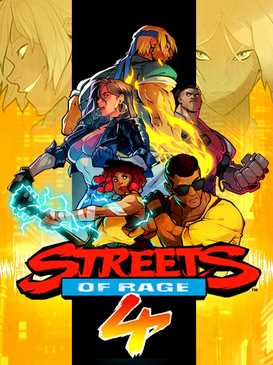Graffiti artwork has become a prominent form of expression in urban environments all around the world. It is a unique way for artists to communicate their thoughts, ideas, and emotions to the public. These vibrant and mesmerizing images can be found on walls, buildings, bridges, and even trains. While some may see graffiti as vandalism, others view it as a powerful art form that challenges social norms and brings beauty to otherwise mundane spaces.
What sets graffiti artwork apart is its boldness and creativity. Artists use a variety of techniques, including spray painting, stenciling, and hand-drawing, to create their masterpieces. These images often feature bold colors, intricate designs, and thought-provoking messages. Each piece of graffiti tells a unique story, capturing the essence of the artist’s vision and the spirit of the community in which it is created.
Graffiti has a long and storied history, dating back to ancient times when early civilizations would use symbols and images to communicate their beliefs and record historical events. However, modern graffiti as we know it today originated in the late 1960s and early 1970s in the streets of New York City. It was a form of protest and rebellion against social and political injustices. Over the years, graffiti has evolved into a global movement, with artists from all walks of life using it as a medium to express their creativity.
Today, graffiti artwork can be found in cities across the globe. It has become an integral part of urban culture, adding vibrancy and authenticity to cityscapes. These images not only beautify public spaces but also provoke thought and spark conversations. Graffiti is not limited to professional artists; anyone with a passion for creativity can contribute to the movement.
Graffiti artwork is known for its vibrant and bold colors. Artists use colors as a form of expression, conveying emotions, ideas, and messages in their pieces. The choice of colors can greatly impact the overall feel and meaning of the artwork.
One common technique used in graffiti art is the use of contrasting colors. Bright, eye-catching colors are often paired with dark or muted tones to create a visually striking composition. This contrast not only adds visual interest but also symbolizes the tension and contrast in society.
Symbolism of Colors
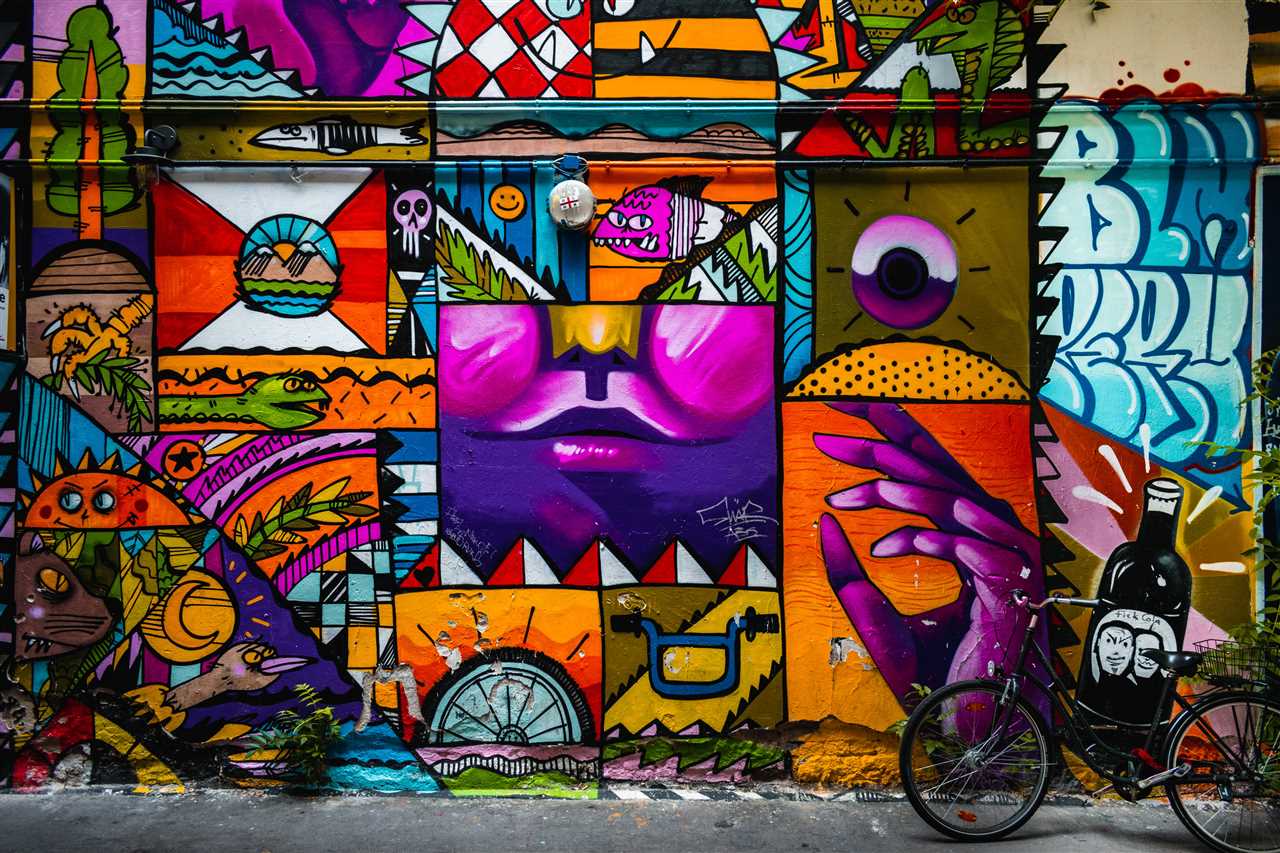
Each color carries its own symbolism in graffiti art. Red, for example, is often associated with passion, power, and energy. It can be used to express strong emotions or draw attention to important elements in the artwork. Blue, on the other hand, is often associated with calmness and tranquility. It can create a more serene and peaceful atmosphere in the artwork.
Green is commonly used to represent nature and growth, while yellow can symbolize happiness and optimism. Black is frequently used for outlines and shading, adding depth and definition to the artwork. White, on the other hand, can be used to create highlights or to symbolize purity and innocence.
Creating Depth with Colors
Graffiti artists also use colors to create depth and dimension in their artwork. By using shading techniques and layering different hues, artists can make their pieces appear three-dimensional. This creates a sense of depth and realism, making the artwork visually captivating and engaging.
Additionally, artists use gradients and blending techniques to create smooth transitions between colors. This adds complexity and richness to the artwork, enhancing its overall aesthetic appeal.
The Creativity Behind Graffiti Artwork
Graffiti artwork has long been a vibrant and controversial form of self-expression. While some view it as vandalism, others see it as a powerful art form that can communicate important social messages. Understanding the creativity behind graffiti artwork requires delving into its history, techniques, and cultural significance.
The Origins of Graffiti Art
Graffiti art has its roots in ancient civilizations, where individuals would carve or paint images onto walls. In the modern context, graffiti emerged in the 1960s and 1970s in urban areas, particularly in New York City. It initially served as a way for marginalized communities to express themselves and their frustrations.
Over time, graffiti evolved into a unique art form, incorporating various styles and techniques. Artists began to experiment with different mediums, such as spray paint, markers, and stencils, to create their masterpieces. The streets became their canvas, and public spaces transformed into galleries.
Techniques and Styles
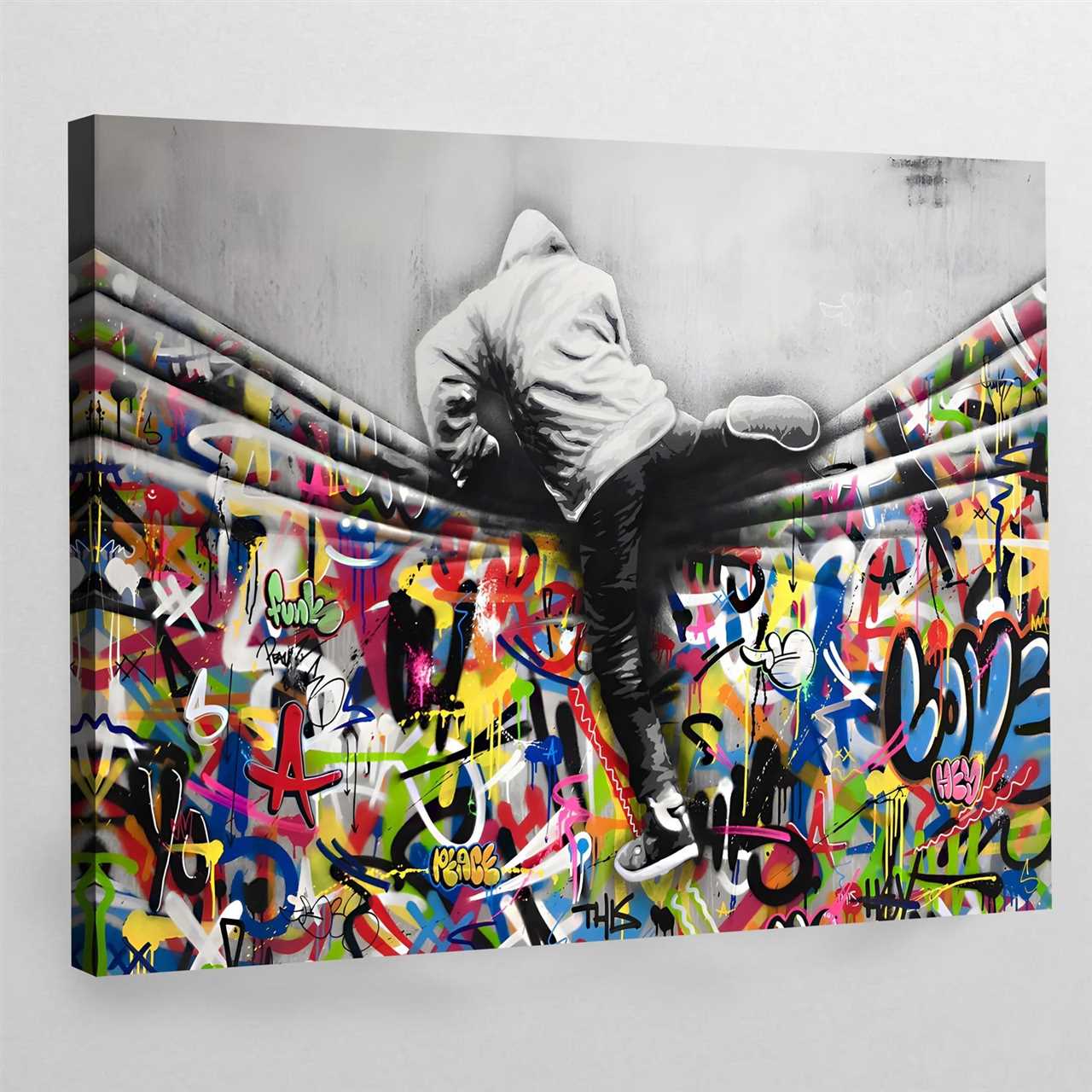
Graffiti artists employ various techniques to create their artwork. Spray painting is one of the most common methods, allowing for quick and bold strokes. Artists may also use stencils to achieve intricate designs or combine different mediums, such as acrylic paints and markers, to add depth and texture to their pieces.
Styles in graffiti art vary greatly, reflecting the individuality and creativity of each artist. Some artists focus on lettering, creating intricate and colorful fonts that convey their unique style. Others may specialize in characters, painting lifelike or exaggerated figures that tell stories or convey emotions.
The Cultural Significance of Graffiti Artwork
Graffiti artwork has a significant cultural impact, serving as a visual representation of the communities it originates from. It often reflects social and political issues, serving as a medium for activists and marginalized groups to voice their concerns. Additionally, graffiti can bring life and vibrancy to urban areas, transforming them into colorful and inviting spaces.
| Pros | Cons |
|---|---|
| Powerful form of self-expression | Perceived as vandalism by some |
| Communicates important social messages | May damage property |
| Transforms public spaces into galleries | Requires permission to paint legally |
Vibrant Street Art
Street art is a vibrant and dynamic form of artistic expression that can be found in cities all around the world. It is a visual representation of the creativity and individuality that exists within urban environments. Vibrant colors, bold lines, and intricate patterns are common features of street art, which help to catch the eye and make a statement.
Artists use a variety of mediums and techniques to create their street art masterpieces. Spray paint is a popular choice due to its bright colors and ability to cover large surfaces quickly. Stencils are often used to create precise and detailed designs. Some artists even use paste-ups, where they create their artwork on paper and then paste it onto walls or other surfaces.
Street art is not just about aesthetics – it often carries a powerful message or reflects the social and political climate of a city. Artists use their work to spark conversations and draw attention to important issues. Whether it’s a mural advocating for environmental conservation or a thought-provoking stencil challenging societal norms, street art has the power to inspire and provoke thought.
One of the most exciting aspects of street art is its impermanence. Unlike traditional forms of art that are often protected and preserved, street art is created in public spaces and can be easily altered or removed. This gives street art a sense of transience and adds to its allure. It also means that new artwork is constantly appearing, transforming the urban landscape and providing a fresh perspective.
Street art has gained recognition as a legitimate art form in recent years, with museums and galleries around the world hosting exhibitions dedicated to street artists. This has helped to elevate street art from being seen as vandalism to being appreciated as a form of creative expression. It has also enabled more artists to showcase their work and reach a wider audience.
Whether you stumble upon a vibrant mural while walking through a city or seek out specific street art locations, experiencing this unique form of art is a thrilling and immersive experience. From the vibrant colors to the powerful messages, street art has the ability to captivate and inspire, making our cities more vibrant and dynamic.
Captivating Graffiti Images
The Power of Colors
One of the most captivating aspects of graffiti images is the vibrant and bold use of colors. Artists skillfully blend and layer different shades to create eye-catching and visually striking compositions. The use of bright colors not only adds depth and dimension to the artwork but also evokes emotions and conveys messages in a powerful way.
Embracing Urban Spaces
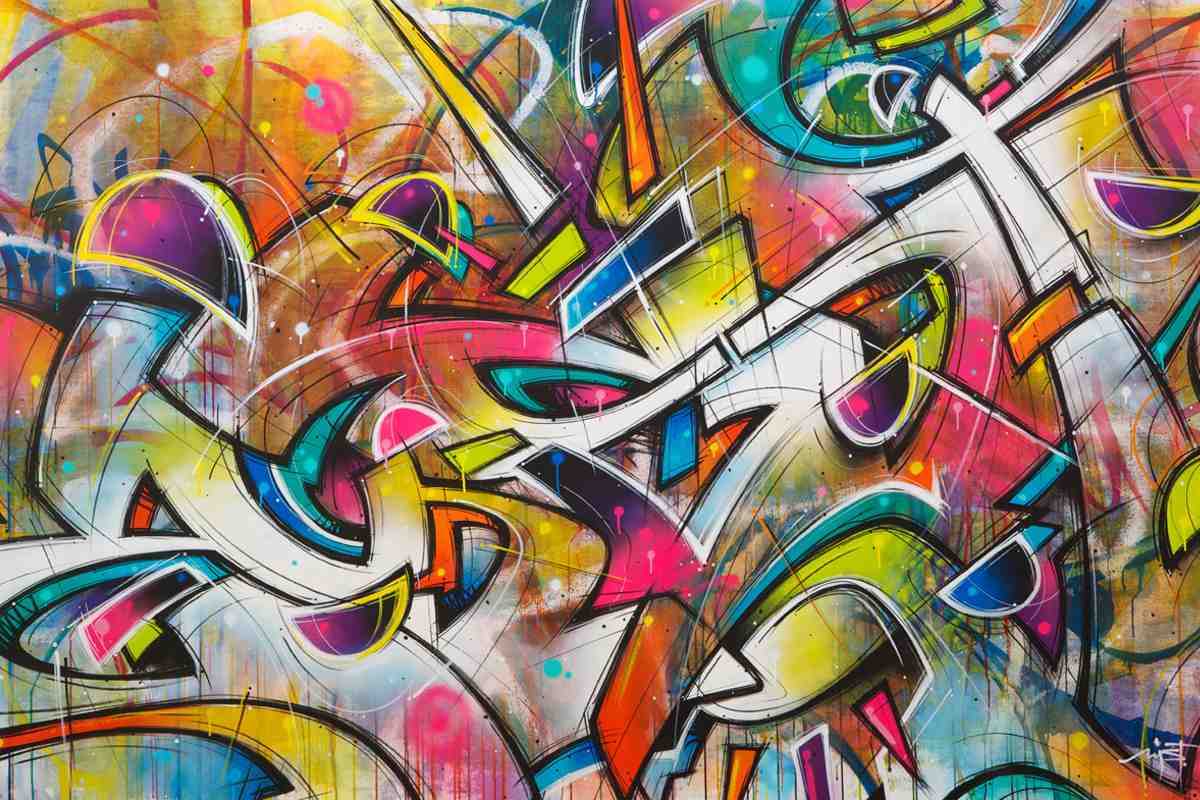
Graffiti artists often embrace urban spaces as their canvas, transforming dull walls and buildings into captivating works of art. These images showcase the ability of graffiti to beautify and breathe life into otherwise mundane and uninviting spaces. From alleyways and abandoned buildings to bridges and underpasses, graffiti art adds a touch of creativity and vibrancy to the urban environment.
These captivating graffiti images inspire and provoke thought, challenging our perceptions of art and the world around us. Whether it’s a thought-provoking message or a visually stunning composition, graffiti artwork has the power to leave a lasting impression on viewers.
The Artistic Value of Graffiti
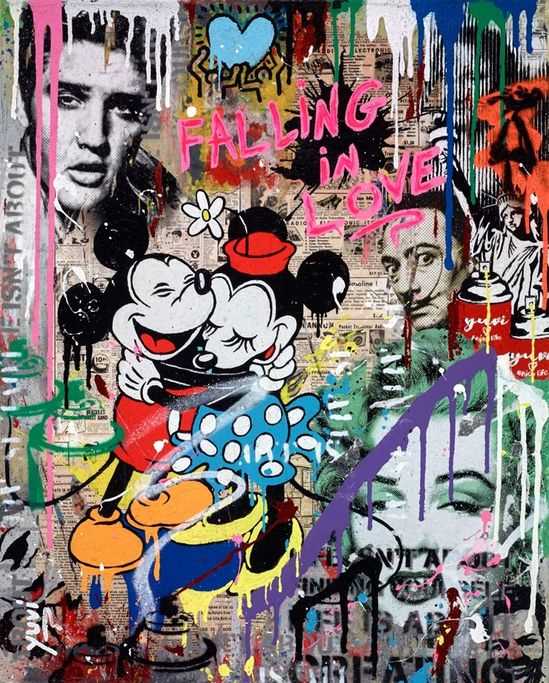
Graffiti has long been considered a form of vandalism and seen as a blight on city streets. However, as perspectives shift and artistic appreciation expands, graffiti is now being recognized as a legitimate art form with its own unique qualities and value.
One of the main reasons graffiti has gained artistic recognition is its ability to convey powerful messages. Graffiti artists often use their work to voice their thoughts, opinions, and concerns about social and political issues. Through their art, they are able to reach a wide audience and provoke thought and discussion.
Innovation and Creativity
Graffiti is a highly creative and innovative art form. Artists use a variety of techniques and materials to create their work, including spray paint, stencils, and markers. The ability to manipulate these tools and create intricate designs requires skill and artistic vision. The result is often a vibrant and visually striking piece of artwork that adds beauty and character to its surroundings.
Public Engagement
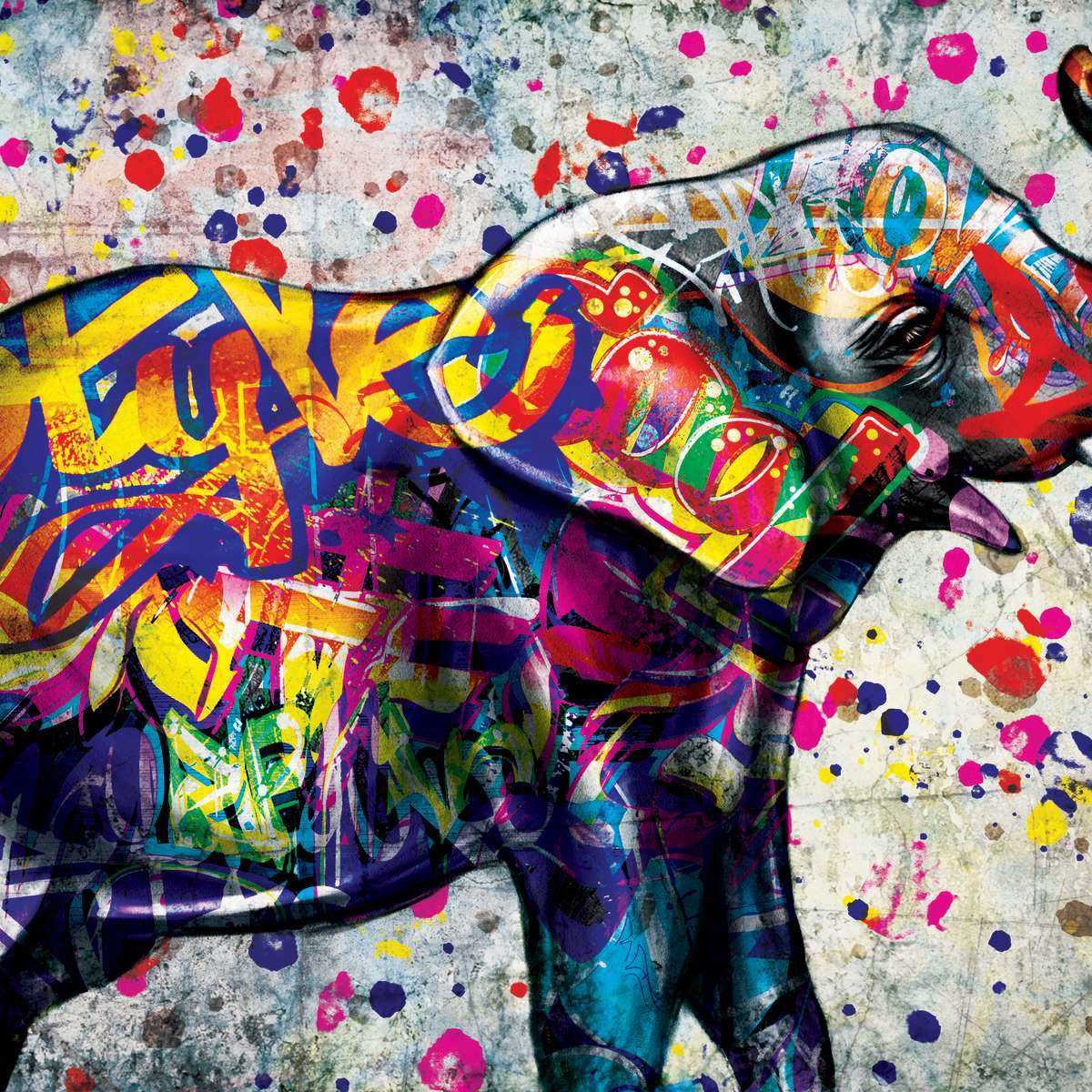
Unlike traditional art forms that are confined to galleries and museums, graffiti is accessible to everyone. It can be found in public spaces, allowing people from all walks of life to engage with and appreciate the artwork. This accessibility also provides an opportunity for artists to connect directly with their audience and receive immediate feedback on their work.
Exploring Graffiti as a Form of Expression
Graffiti has long been considered a form of artistic expression, characterized by its vibrant colors, bold lines, and elaborate designs. What was once seen as an act of vandalism has evolved into an important and influential art movement that challenges societal norms and gives a voice to those who feel marginalized or unheard.
One of the unique aspects of graffiti as a form of expression is its ability to reach a wide audience. Unlike other art forms that are confined to museums or galleries, graffiti can be found on the walls of buildings, sidewalks, and even trains. This accessibility means that anyone, regardless of their background or social status, can experience and appreciate graffiti.
But graffiti is more than just visual art. It is a powerful means of communication and storytelling. Artists often use graffiti to convey political messages, express their innermost thoughts and emotions, or simply leave a mark on the world. It is a way for individuals to assert their identity, share their experiences, and connect with others on a deeper level.
Moreover, graffiti has the ability to transform public spaces into vibrant and dynamic environments. It can breathe life into otherwise dull and monotonous urban landscapes, sparking a sense of curiosity and wonder in those who encounter it. Graffiti has the power to challenge existing power structures and break down barriers, making public spaces more inclusive and representative of the diverse voices within a community.
However, it is important to note that graffiti is not without controversy. While many see it as a form of art and self-expression, others view it as a violation of property rights and a threat to public safety. The legality of graffiti varies from place to place, with some cities embracing it as a valuable part of their cultural identity, while others crack down on it as a criminal offense.
Regardless of its legal status, graffiti remains an important and vibrant form of expression. It sparks conversations, challenges conventions, and encourages individuals to question the world around them. Whether it is seen as a form of art or an act of vandalism, graffiti continues to captivate and provoke, leaving an indelible mark on the landscape of our cities.
Street Art that Inspires
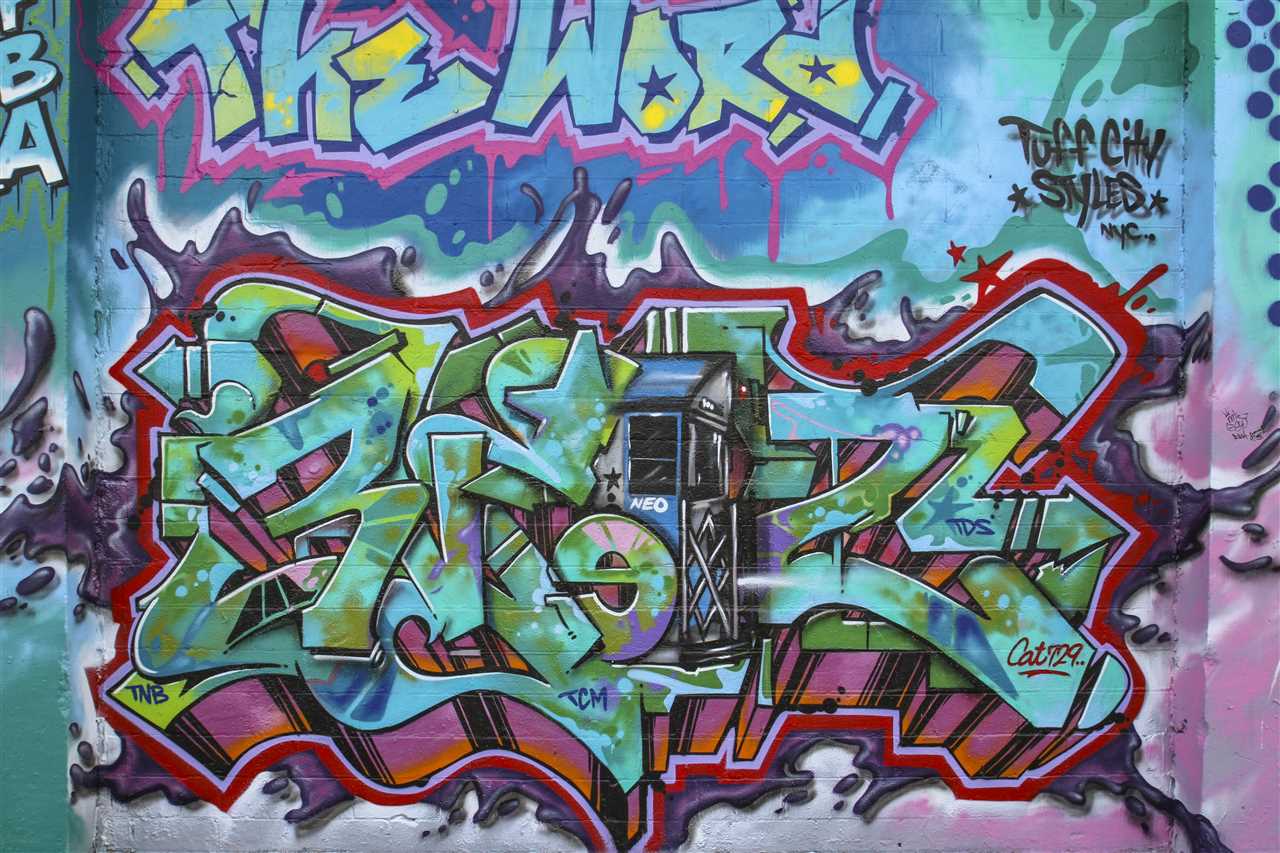
One of the reasons street art is so inspiring is its ability to challenge the status quo and push boundaries. It offers a way for artists to reclaim public spaces and to make their voices heard. By using the streets as their canvas, these artists are able to reach a wide audience and spark conversations about important issues.
The Beauty of Impermanence
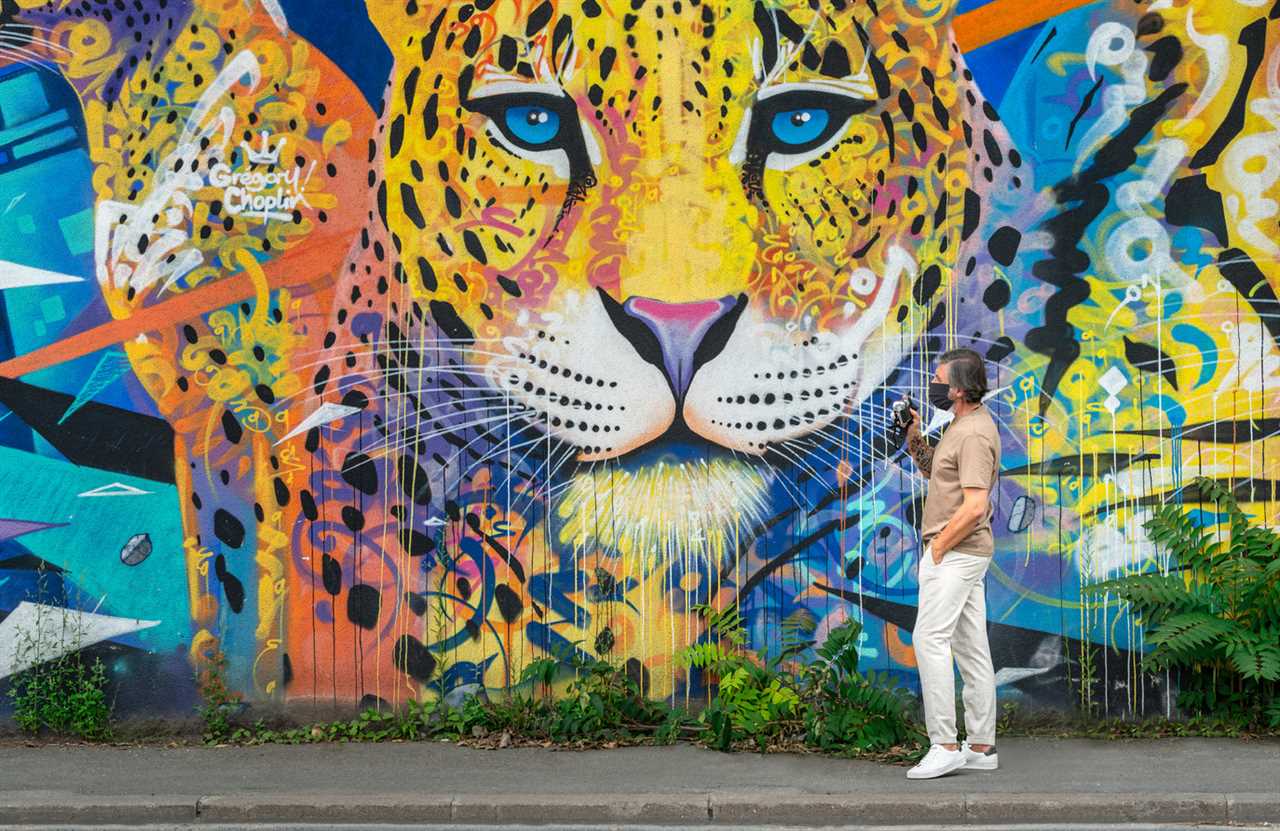
Street art is often temporary, which adds to its allure and mystery. Unlike traditional art forms that are carefully curated and preserved, street art is subject to the elements and the passage of time. This impermanence forces us to appreciate these works in the present moment and to embrace the ephemeral nature of life.
Furthermore, the temporary nature of street art allows for constant evolution and change. Artists are always creating new works, replacing old ones, and transforming the urban landscape. This continuous cycle of creation and destruction keeps street art fresh and exciting.
A Catalyst for Change
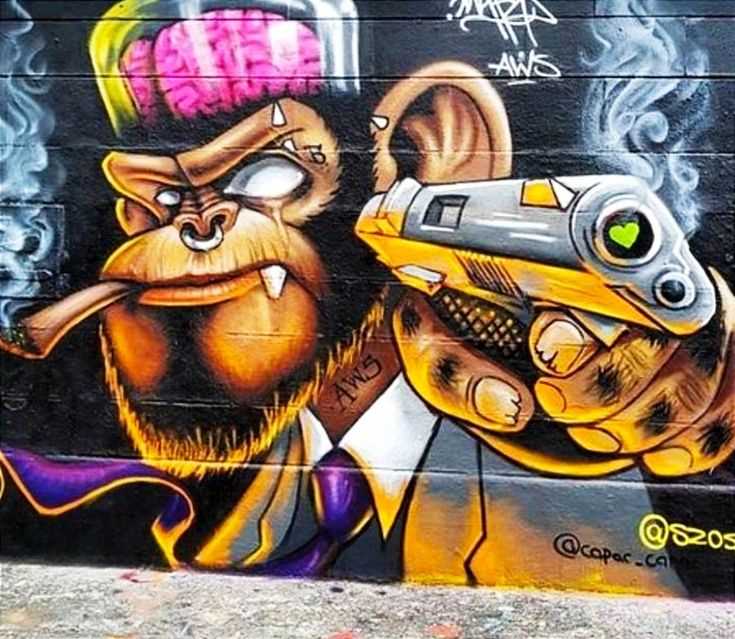
Street art has the power to inspire social change and provoke important conversations. Many street artists use their work to address issues such as inequality, injustice, and environmental degradation. By bringing these issues to the forefront and making them visible in public spaces, street artists serve as catalysts for change.
Street art also has the ability to inspire other forms of creativity. Many individuals are motivated to pick up a paintbrush or a can of spray paint after seeing a powerful piece of street art. This ripple effect helps to foster a sense of community and empowerment among artists and art enthusiasts alike.
The Visual Appeal of Graffiti Art
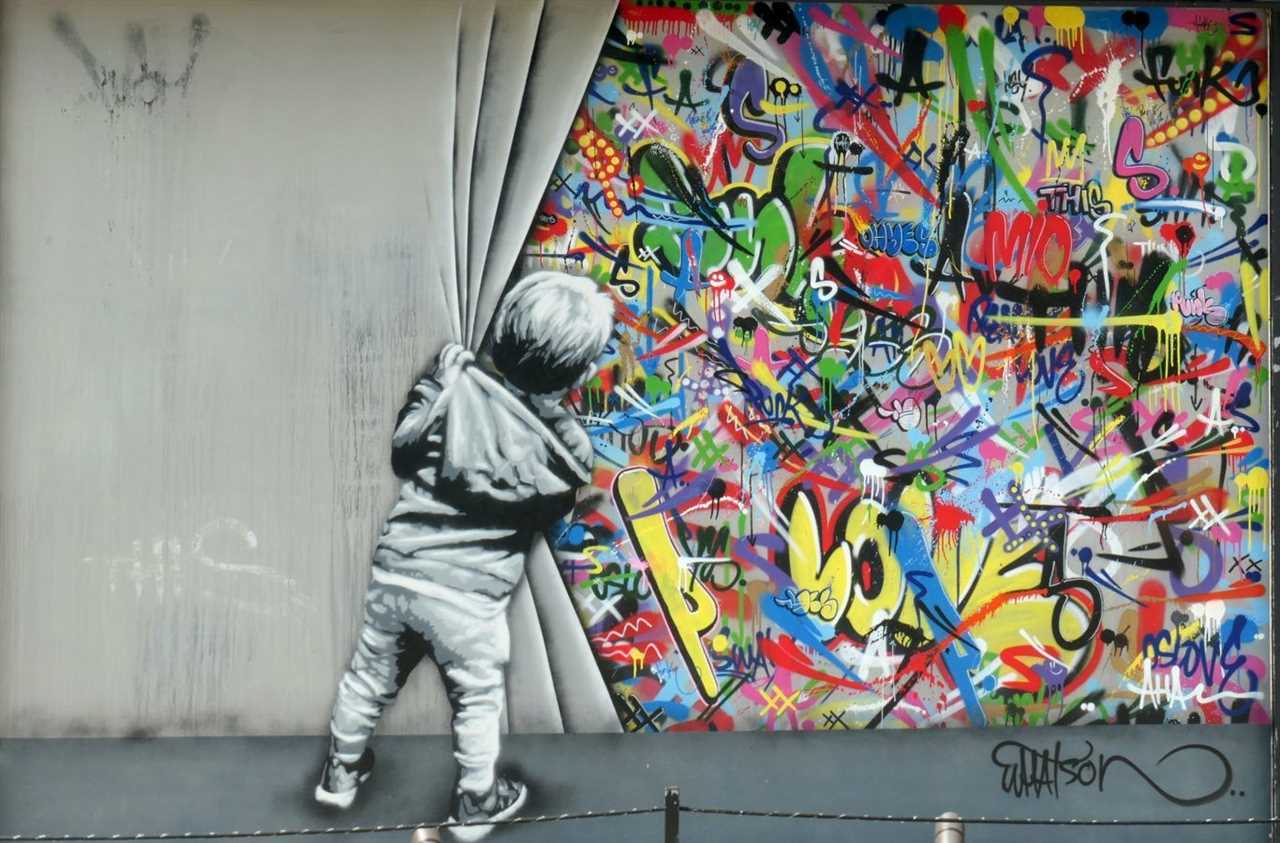
Graffiti art is a form of expression that captivates the viewers with its vibrant colors, intricate designs, and stunning visuals. It has a unique visual appeal that makes it stand out from other art forms.
Color Palette
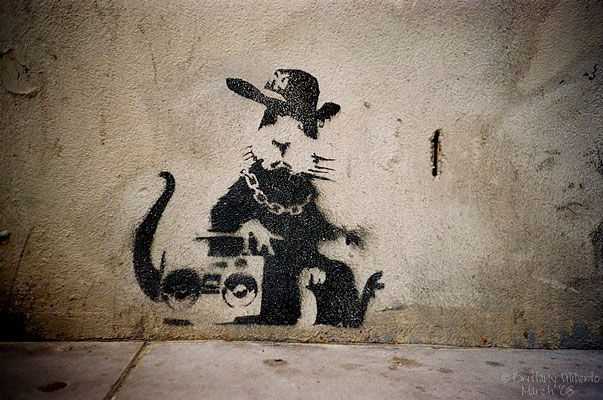
One of the most striking features of graffiti art is its vibrant color palette. Graffiti artists use a wide range of bright and bold colors to create visually stunning artworks. The use of vibrant colors not only adds to the visual appeal of graffiti art but also helps in conveying the artist’s message and emotions.
Intricate Designs
Graffiti art often features intricate and detailed designs that are visually captivating. Artists spend hours perfecting their designs, paying attention to every detail. The intricate designs in graffiti art not only showcase the skill and craftsmanship of the artist but also add depth and complexity to the artwork, making it visually appealing.
Moreover, the designs in graffiti art are often unique and unconventional, which further adds to its visual appeal. The use of unconventional designs challenges the viewers’ perception of art and pushes the boundaries of creativity, making graffiti art visually intriguing.
Stunning Visuals
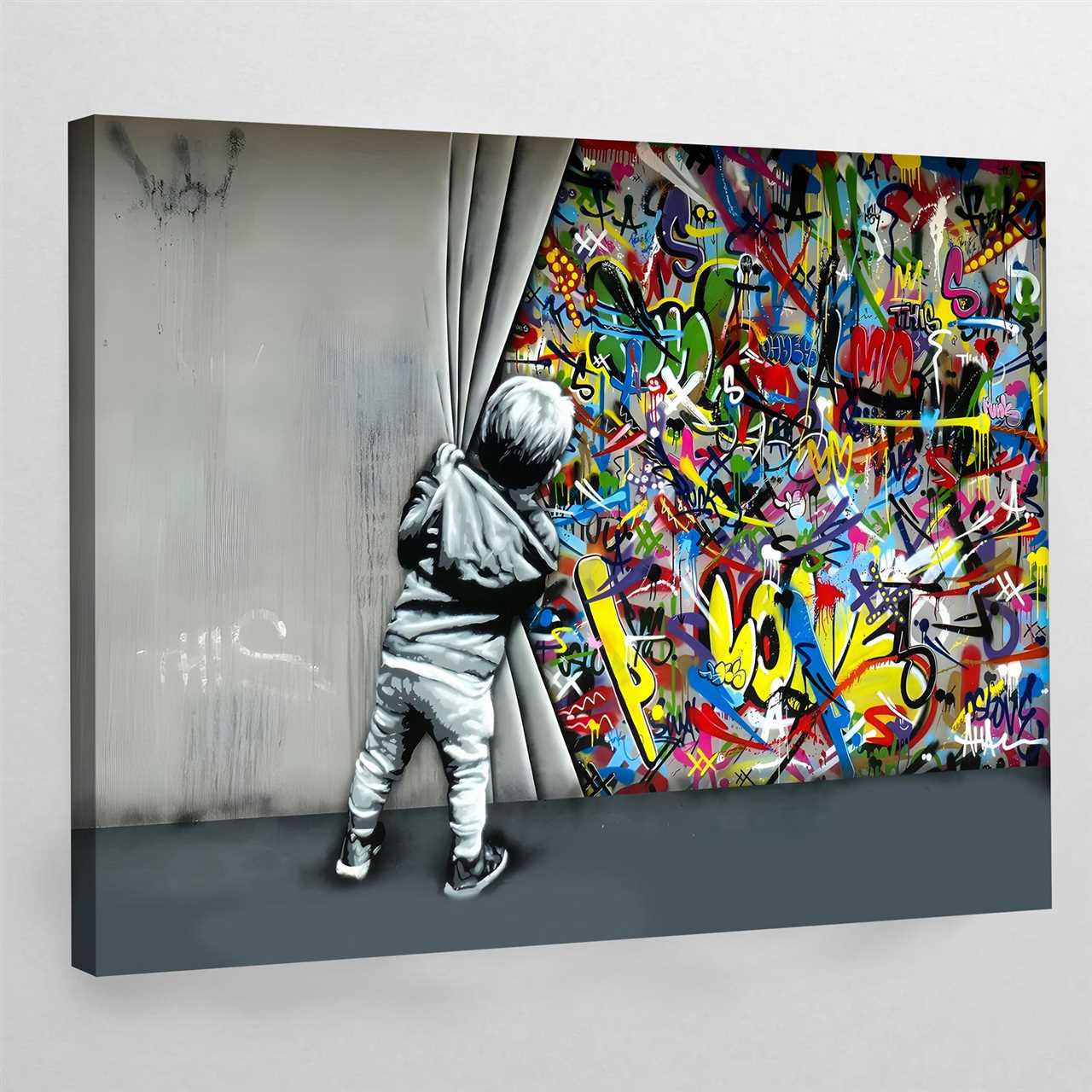
Graffiti art is known for its visually stunning and eye-catching visuals. Whether it’s a large mural on a building or a small graffiti tag on a wall, graffiti art demands attention with its striking visuals. The combination of vibrant colors, intricate designs, and bold lettering creates an impactful visual experience for the viewers.
Furthermore, graffiti art often incorporates various techniques such as 3D effects, shading, and perspective, which enhance its visual appeal. These techniques create a sense of depth and dimension in the artwork, making it visually dynamic and engaging.
Graffiti as Urban Art

Graffiti has long been regarded as a form of expression and art in urban environments. This underground art movement has gained popularity worldwide and has become an integral part of city landscapes.
What sets graffiti apart from other art forms is its raw and rebellious nature. Graffiti artists use walls, public spaces, and even abandoned buildings as their canvases to create vibrant and eye-catching artworks.
The Evolution of Graffiti
Graffiti has its roots in ancient civilizations, where people used murals and symbols to communicate and express themselves. In modern times, graffiti as we know it today emerged in the 1960s in cities like New York City and Philadelphia.
Initially considered a form of vandalism, graffiti started gaining recognition in the 1980s as a legitimate art form. Artists like Jean-Michel Basquiat and Keith Haring played a significant role in elevating graffiti to a higher artistic level.
Graffiti as Social Commentary
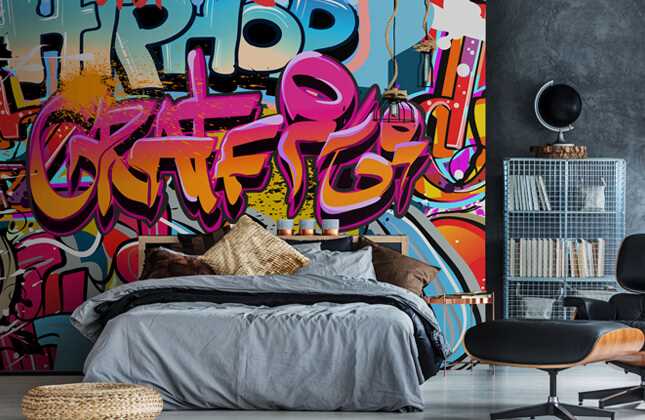
Many graffiti artists use their works to address social and political issues. They aim to provoke thought and spark conversations about topics like inequality, discrimination, and environmental concerns.
Graffiti serves as a platform for the voiceless, allowing artists to make powerful statements that reach a wide audience. It can be seen as a form of social activism and a way to challenge the status quo.
Graffiti as urban art brings life and vibrancy to otherwise dull and uninspiring cityscapes. It adds color and character to walls and buildings, transforming ordinary spaces into dynamic visual experiences.
While there are legal and illegal aspects to graffiti, it is undeniable that this art form has made a lasting impact on urban culture. Graffiti continues to evolve and thrive, pushing boundaries and capturing the spirit of the city.
The Power of Graffiti Images
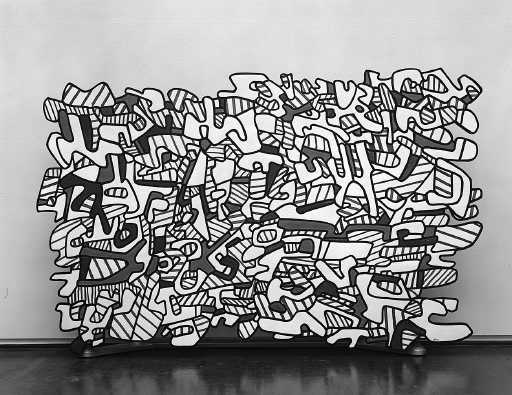
Graffiti art is a powerful form of visual expression that has emerged on the streets as a means of communication and protest. It holds the ability to evoke strong emotions and convey powerful messages to the masses. Through the use of vibrant colors, intricate designs, and bold statements, graffiti images have the power to captivate and inspire.
One of the strengths of graffiti artwork is its ability to challenge the status quo and push boundaries. By subverting traditional art spaces and expressing ideas in unconventional ways, graffiti artists can create a sense of rebellion and dissent. This rebellious spirit can be seen in the graffiti images that adorn city walls, bridges, and public spaces.
Another aspect of the power of graffiti images lies in their ability to make social and political commentary. Graffiti artists often use their art as a means of addressing pressing issues such as inequality, injustice, and environmental concerns. Through their work, they are able to raise awareness and spark conversations about these important topics.
The power of graffiti images also lies in their accessibility. Unlike traditional art forms that may be confined to galleries or museums, graffiti art is in the public domain, accessible to anyone who encounters it. This accessibility allows the message to reach a wide audience, transcending socio-economic barriers and cultural boundaries.
Moreover, graffiti images have the power to transform urban landscapes by injecting color, energy, and creativity into otherwise drab or neglected spaces. By filling vacant walls and dull cityscapes with vibrant and thought-provoking artwork, graffiti artists contribute to the revitalization and beautification of urban areas.

I am a mural enthusiast and a fervent admirer of street art. Rather than creating murals myself, I am passionate about collecting them. My love for street art knows no bounds. I am dedicated to curating and cherishing these artworks that grace the streets. My collection stands as a testament to my profound appreciation for this form of artistic expression.
read about me




